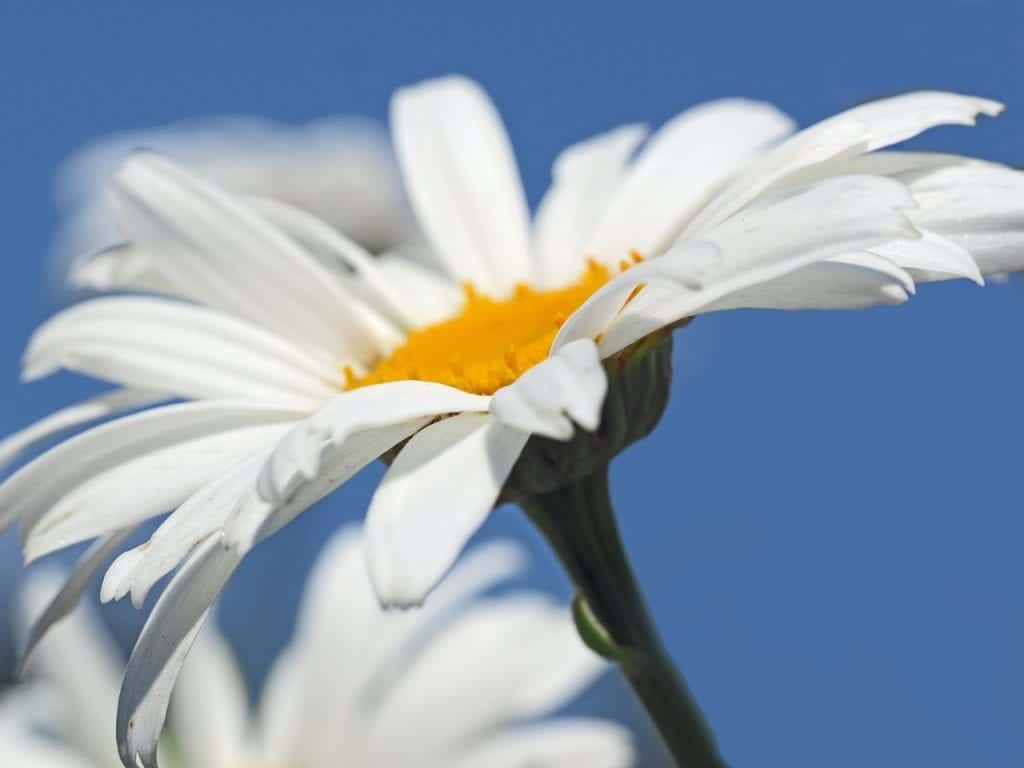
Daisies are one of the most common and most beautiful flowers in the world. They are well known to everyone, gardening enthusiasts or not, but surely there are things you do not know about them. Things like the ones I'm going to tell you next.
Discover 5 curiosities of the daisies, and learn more about these beautiful plants.
It is a perennial herbaceous plant
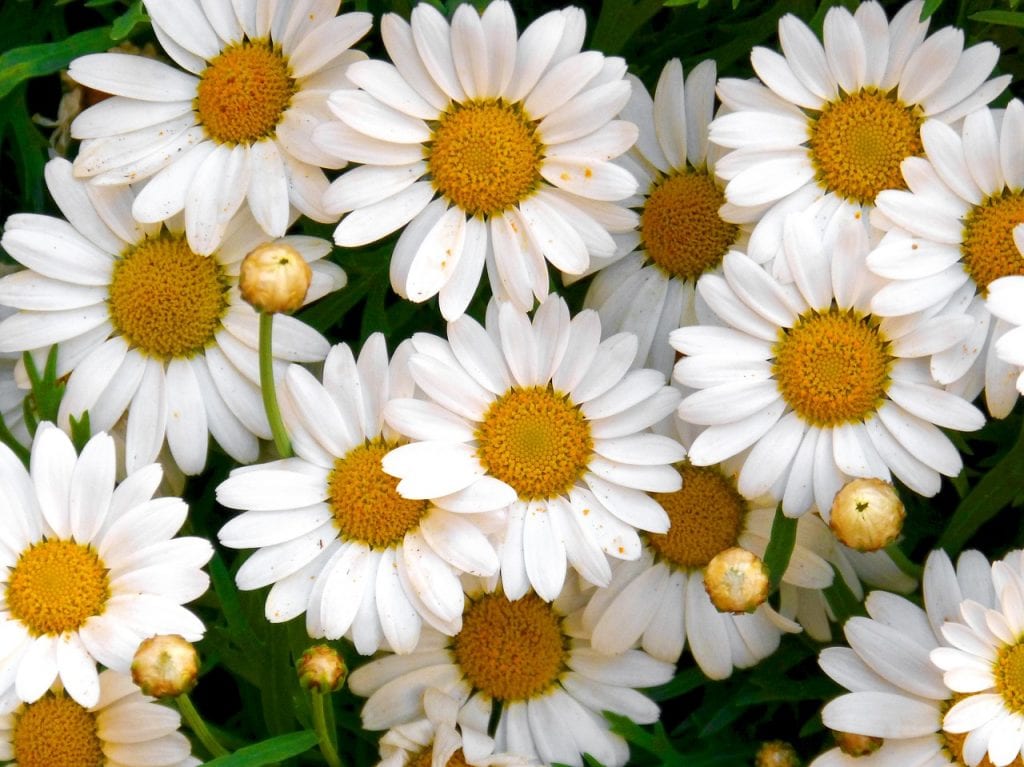
It may seem curious, but the truth is that the daisy, whose scientific name is Bellis perennis, is an herb that lives for several years. However, by blooming only during the spring, when it is not in flower, it can be difficult for us to differentiate it from other herbs, especially if it grows in the field.
From Europe and Africa to the world

This beautiful plant is native to Europe and North Africa, and is also found in Central Asia. Nevertheless, its flowers are so cheerful that it has been introduced to the rest of the world, where it grows in the meadows and decorates the warm and temperate gardens of all corners of the planet.
The flower of a thousand flowers
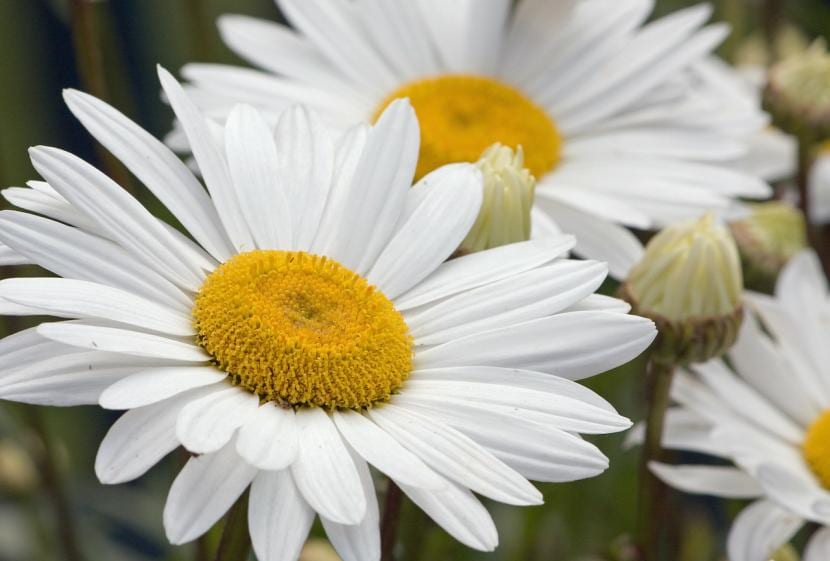
We usually think that the daisy is a single flower with its petals, but the truth is that it is made up of dozens and even hundreds of hermaphrodite flowers found in the central part of the floral disk, and female flowers in the outermost part.
They are relatives of the sunflower
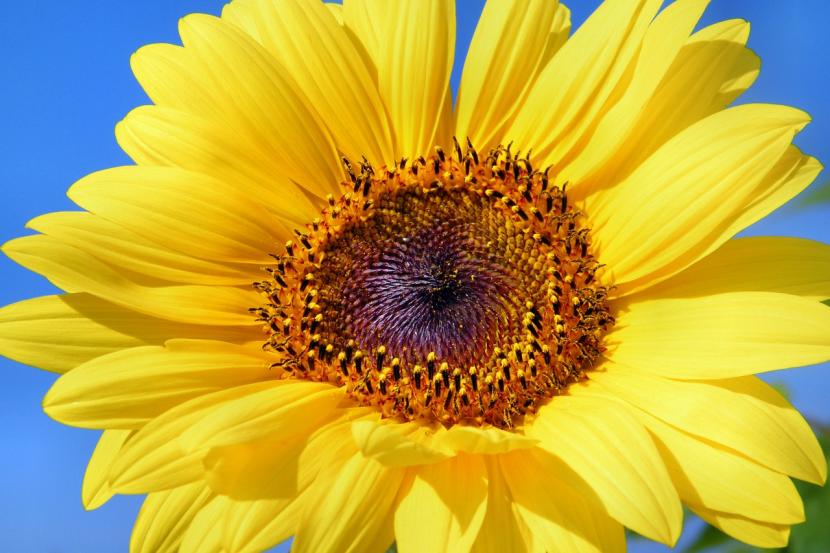
Daisies belong to the botanical family Asteraceae, like sunflowers (Helianthum sp), so they are related. This means that have similar growing needs, which in this case is to be located in an area where they receive direct sunlight, and be watered regularly, preventing the soil from drying out.
They attract bees easily
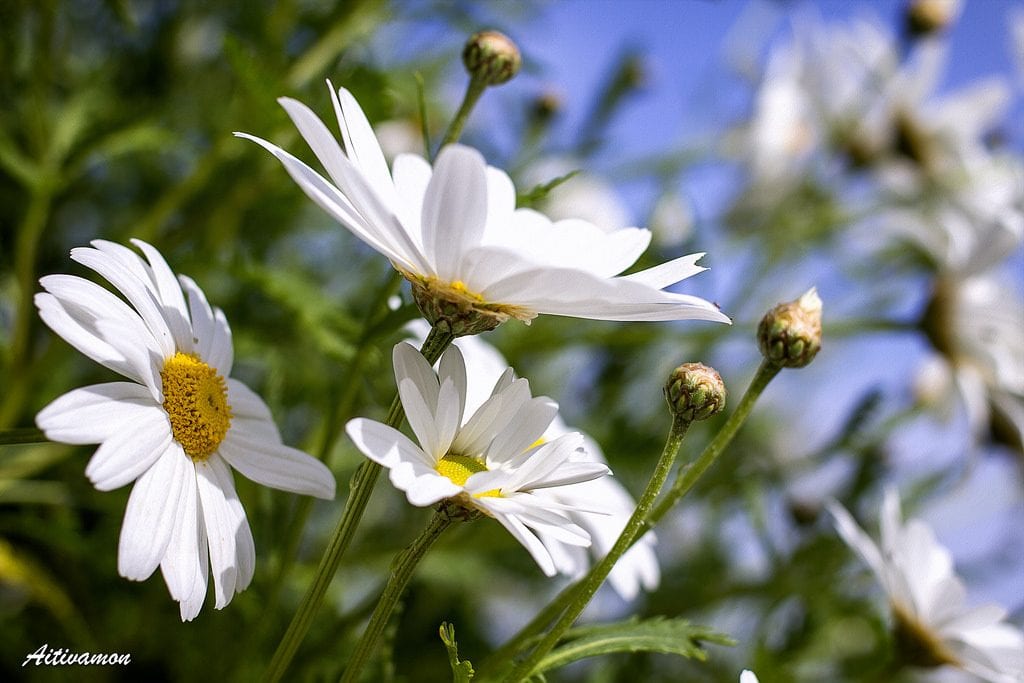
There are some flowers that have a lot of trouble attracting pollinators, especially bees. But not the daisies. They, once they open and are exposed to the sun, immediately attract them, so they are very interesting plants to place near the garden, since if they are going to pollinate them, they will also pollinate the horticultural plants.
Did you know these curiosities about these flowers?